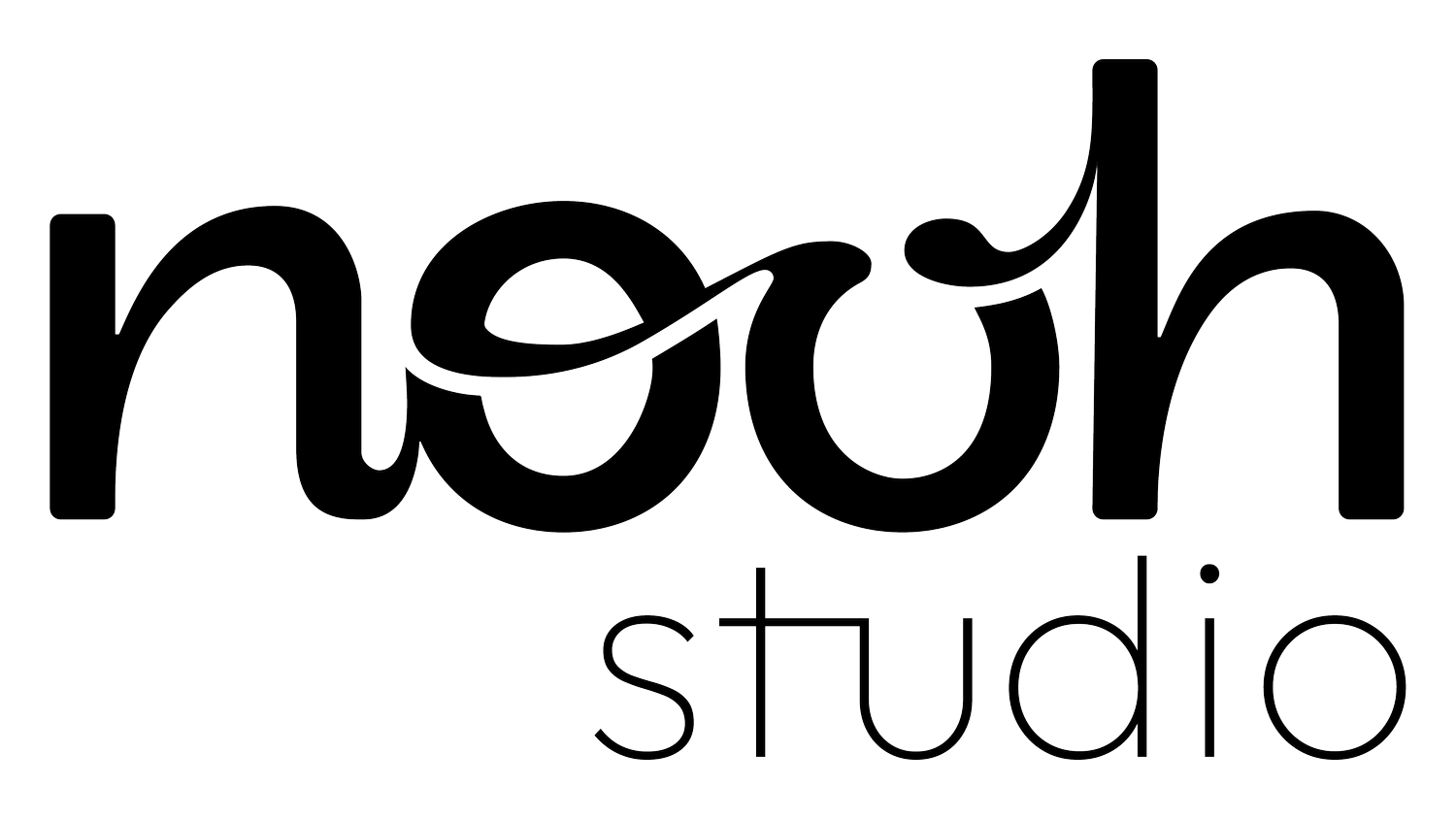What Is a Design Sprint and Why Should You Do One?
With today’s world moving faster than ever, innovation is the key to staying ahead of the curve. We’re all striving to create new services and solutions that resonate with our audience, but the journey to getting there can often feel overwhelming. That’s where design sprints come in. A powerful tool to unlock creativity and test ideas, design sprints drive meaningful innovation by waving goodbye to the restraints of uncertainty, resources and conflicting opinions.
Before we get into why you should do one, let’s clarify what a design sprint actually is…
What is a design sprint?
A design sprint is a structured design process used to tackle big challenges. Through rapid prototyping and testing, design sprints help us quickly test ideas and create user-centric solutions. First developed by Jake Knapp at Google Ventures, design sprints offer a clear framework for progress and innovation. Bringing together multidisciplinary teams to work towards a common goal.
Got that bit? Great. A design sprint typically lasts for five days and involves the following phases:
Understand - It all starts by understanding the problem you’re trying to solve, defining goals and identifying target users through research and stakeholder interviews.
Diverge - In this phase, everyone involved comes up with a wide range of ideas, using various generation techniques such as brainstorming and mind mapping. The goal is to explore as many ideas as possible without judgement.
Decide - After generating ideas, it’s time to evaluate and select the most promising concept. You can use methods such as dot voting to help prioritise creative routes and choose one to mockup.
Prototype - This phase involves creating a realistic prototype of your selected idea. The prototype doesn't need to be perfect but should be good enough for testing with users.
Test - On the final day you test your prototype with real users - gathering feedback, sense-checking your idea and identifying areas for improvement. Insights from the testing phase can then be used to iterate and develop your initial design.
So here’s why you should do a design sprint…
Saving time and money
Design sprints allow you to quickly validate ideas and assumptions before you invest time and resources into developing them. By creating a prototype and testing it with real users in a short timeframe, you’re able to gather valuable feedback early in the process. Helping to identify potential flaws, uncover audience preferences and prevent spending time and money on an idea which doesn’t actually resonate.
Aligning your team
From designers and developers, to product managers and stakeholders, design sprints bring together diverse teams to collaborate on solving one specific problem. The structured nature of the sprint encourages participation from everybody and ensures everyone's voice is equal (just like in co-design). While creative idea generation and prototyping exercises help people to align on goals and make decisions as a united team.
Solving problems efficiently
Design sprints allow us to tackle even the most complex of problems in a focused and efficient way. Breaking the process down into distinct phases and setting time-bound goals helps you to stay on track and make progress quickly. The time constraints of a sprint eliminate analysis paralysis and decision fatigue - encouraging you to make decisions more efficiently.
By embracing design sprints, you can unlock your team’s creative potential, solve complicated challenges and deliver impactful solutions that delight your community and drive your business forward. Creating stronger connections both with your audience and between your team.
As champions of design sprints and experts in co-design, we’re here to support you. Get in touch to chat about your goals and how we can help you achieve them through design sprints.
